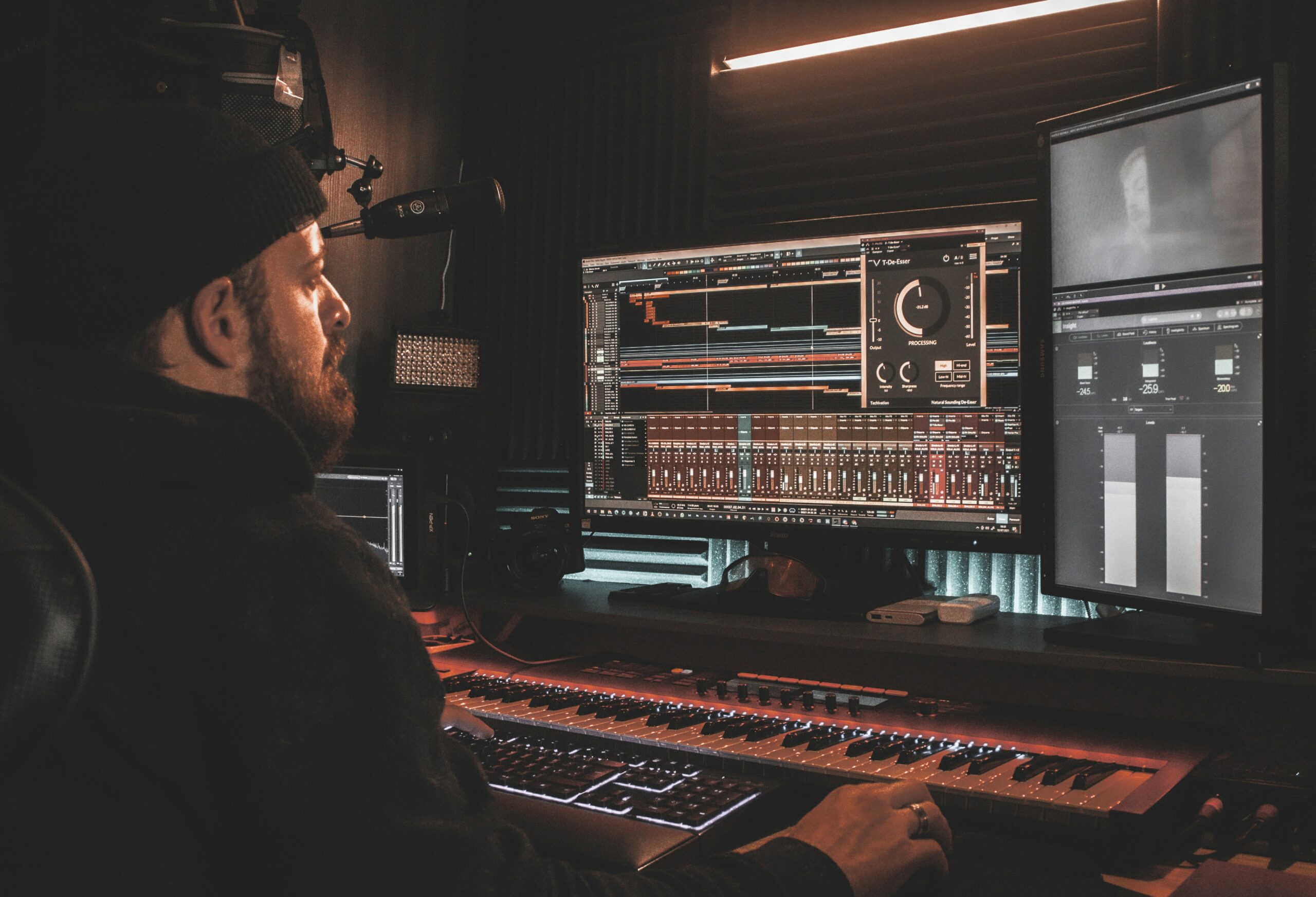Basics of Audio Editing: Mixing, Mastering, and Remixing Sound

Audio editing is an essential part of the music production process. It involves manipulating and enhancing sound recordings to achieve the desired quality and artistic vision. In this article, we will explore the basics of three important aspects of audio editing: mixing, mastering, and remixing sound.
Mixing
Mixing is the process of combining multiple audio tracks into a final stereo or surround sound mix. It involves adjusting the levels, panning, and equalization of each individual track to create a balanced and cohesive sound. The goal of mixing is to ensure that each element of the music, such as vocals, instruments, and effects, are audible and blend well together.
During the mixing process, audio engineers use a digital audio workstation (DAW) to manipulate the various tracks. They can adjust the volume levels to make certain elements stand out or recede into the background. Panning is used to position sounds in the stereo field, creating a sense of space and depth. Equalization is applied to shape the frequency response of each track, enhancing or reducing specific frequencies to achieve clarity and tonal balance.
Other techniques used in mixing include compression, which controls the dynamic range of a track, and reverb, which adds ambience and depth to the sound. Effects such as delay, chorus, and flanger can also be applied to create interesting sonic textures.
Mastering
Mastering is the final step in the audio editing process, where the mixed tracks are prepared for distribution. It involves fine-tuning the overall sound of the music to ensure consistency and compatibility across different playback systems. The goal of mastering is to enhance the audio quality, make it sound polished, and optimize it for different formats and platforms.
During mastering, an audio engineer uses specialized tools and techniques to address any sonic issues and make the music sound its best. They adjust the overall volume levels to achieve a balanced and competitive loudness. They also apply equalization, compression, and other processing to enhance the tonal balance and dynamic range of the music.
Additionally, mastering involves sequencing the tracks in the desired order and applying fades or crossfades between them to create a smooth listening experience. The mastered tracks are then rendered into the appropriate file formats, such as WAV or MP3, ready for distribution.
Remixing
Remixing is the process of reinterpreting and reworking an existing recorded song or track. It involves making changes to the original arrangement, structure, and sound elements to create a new version or adaptation. Remixing can be done for artistic, creative, or commercial purposes.
Remixing often involves isolating and manipulating individual elements of the original track, such as vocals, instruments, or drum patterns. These elements can be rearranged, added, or modified to create a fresh and unique interpretation of the original material. Remixing also allows for the incorporation of new sounds, effects, and production techniques to give the track a different vibe or style.
Remixing is commonly done using a DAW, where the audio stems or individual tracks of the original song are imported and manipulated. The remixer can experiment with different ideas, effects, and arrangements until they achieve the desired result. Once the remix is complete, it can be released as a standalone track or included in remix albums or compilations.
In conclusion, audio editing is a crucial part of the music production process. Whether it’s mixing, mastering, or remixing, each aspect contributes to the overall quality, impact, and creativity of the final sound. By understanding the basics of these techniques, aspiring audio engineers and music producers can enhance their skills and create professional-sounding music.
Leave a Comment